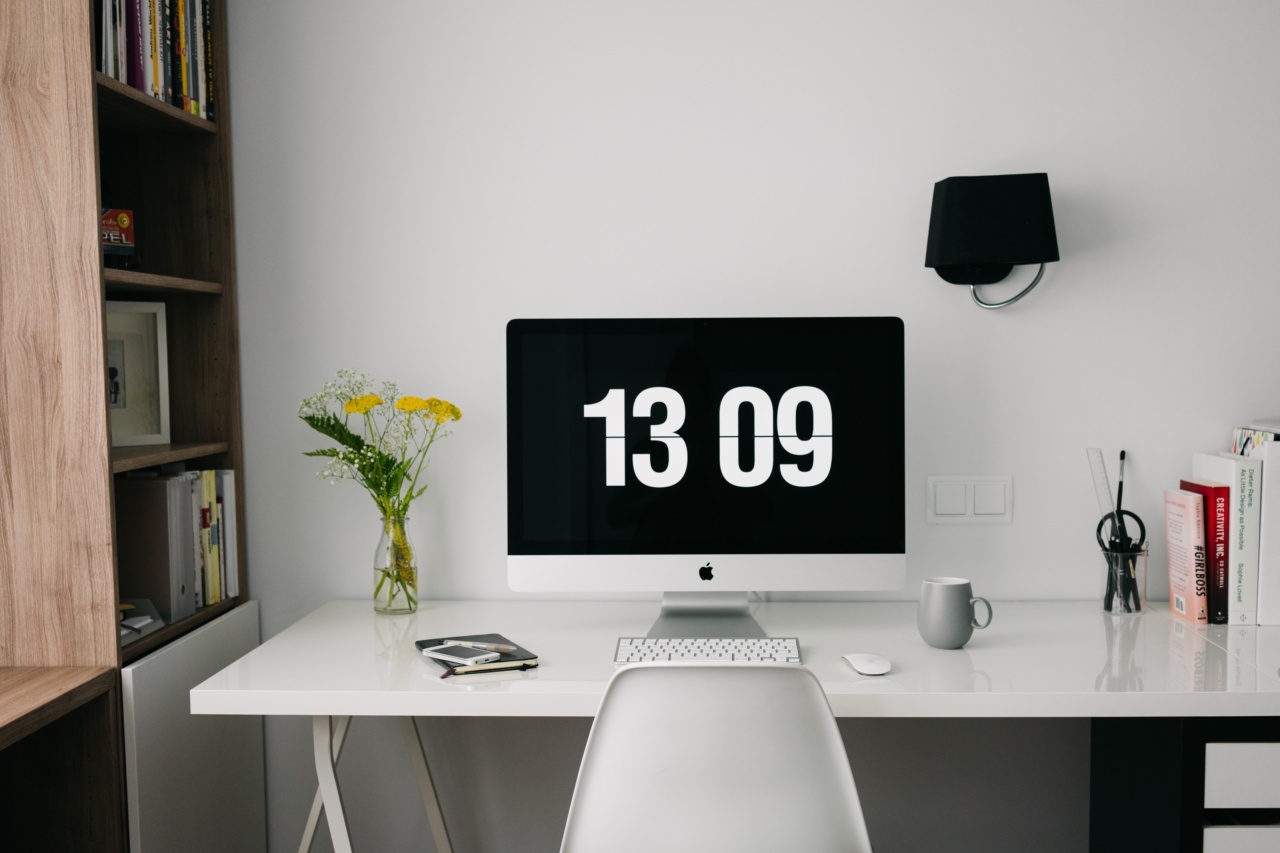Screen time has become an integral part of our daily lives. We constantly find ourselves glued to our smartphones, tablets, computers, and televisions for various purposes.
While technology has brought us immense convenience and opportunities, it’s important to prioritize our well-being and practice screen time safety.
The 20-20-20 Rule
One effective method for maintaining screen time safety is by implementing the 20-20-20 rule. This rule involves taking regular breaks from screens to reduce eye strain and other related health issues. The concept is simple and easy to follow.
What is the 20-20-20 rule?
The 20-20-20 rule suggests that every 20 minutes, you should look away from your screen and focus on an object that is approximately 20 feet away, for at least 20 seconds.
This technique helps to alleviate eye fatigue, prevent eye strain, and reduce the risk of developing certain eye conditions associated with excessive screen time.
Why is the 20-20-20 rule important?
When we spend prolonged periods staring at screens, our eyes are subjected to continuous strain due to the blue light emitted by electronic devices.
This can lead to symptoms such as dry eyes, blurred vision, headaches, and even long-term issues like digital eye strain or computer vision syndrome.
Implementing the 20-20-20 rule throughout the day helps to break the cycle of constant screen exposure and provides much-needed rest for our eyes.
This rule is especially important for individuals who spend several hours each day in front of screens, whether for work or leisure.
Additional Tips for Screen Time Safety
While the 20-20-20 rule can significantly improve screen time safety, there are a few other measures you can take to protect your eyes and overall well-being:.
1. Adjust Screen Brightness and Contrast
Ensure that the brightness and contrast settings on your devices are appropriately adjusted to prevent eye strain. A screen that is too bright or too dim can contribute to visual discomfort and fatigue.
2. Maintain Proper Posture
Adopting good posture while using screens can reduce strain on your neck, back, and shoulders. Sit up straight and position your screen at eye level to prevent musculoskeletal problems.
3. Practice the 20-20-20 Rule Consistently
To fully reap the benefits of the 20-20-20 rule, make it a consistent practice throughout your day. Set timers or use reminder apps to prompt you to take breaks regularly.
4. Blink Frequently and Keep Your Eyes Moisturized
Staring at screens often causes us to blink less frequently, leading to dry eyes. Remember to blink consciously and use lubricating eye drops if necessary to keep your eyes moisturized.
5. Reduce Blue Light Exposure
Blue light filters or glasses can help reduce the harmful effects of blue light emitted by screens. Consider investing in blue light-blocking glasses or enabling the built-in blue light filters on your devices, especially during evening hours.
6. Limit Screen Time Before Bed
Excessive screen time before bed can disrupt your sleep pattern. Create a winding-down routine that doesn’t involve screens to ensure a restful night’s sleep.
7. Obtain Regular Eye Examinations
Regular eye examinations are crucial for early detection and prevention of potential eye conditions. Schedule appointments with an eye care professional to monitor your eye health and seek advice regarding screen time safety.
Conclusion
Screen time safety should be a priority in our tech-driven world.
By implementing the 20-20-20 rule and following the additional tips mentioned above, you can protect your eyes and overall well-being while still enjoying the benefits of modern technology. Remember, it’s crucial to strike a balance and prioritize your health when it comes to screen time.




























